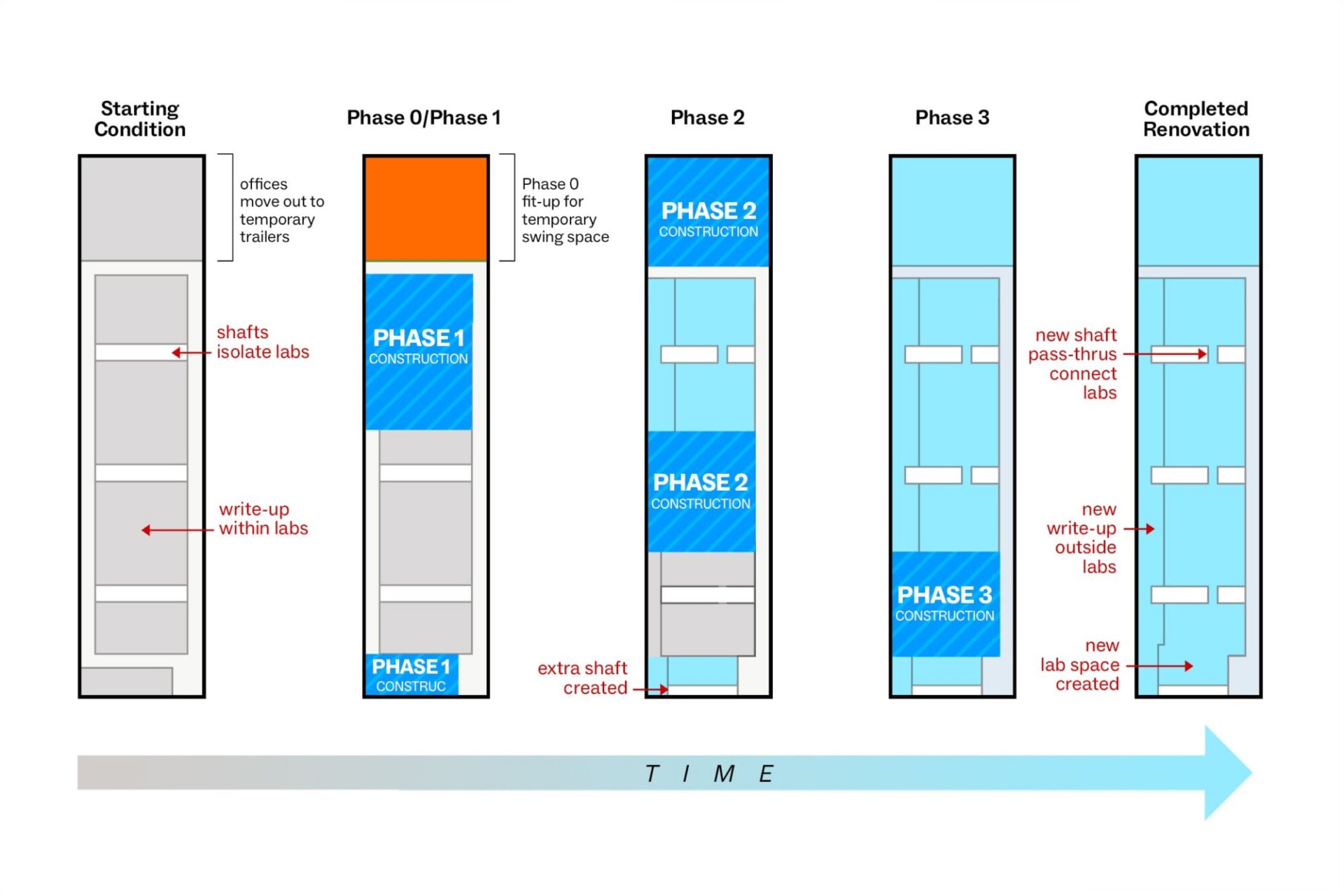Wrestling with Brutes: Unlocking the Potential of Mid-Century Science Buildings

In the thirty years following the end of the Second World War, college and university enrollment in the United States grew from 1.6 million to over 11 million, and a massive building boom was required to support that enrollment growth. Approximately forty percent of the 5 billion square feet of higher education space in the country was constructed during those three decades.
Now, an entire generation of campus Brutalist science buildings is past its prime and in need of renewal. In addition to addressing deferred maintenance and making code and energy upgrades, they must also be reconfigured to meet the needs of modern pedagogy.
Hundreds of higher-education institutions face critical decisions about how to reimagine these buildings to create state-of-the-art learning, teaching, and research environments. And the stakes are high. These structures house in-demand STEM programs and can be key assets—or liabilities—in attracting top-tier students and faculty to campus. What’s more, they can actively contribute to an institution’s success in securing the grants that fund many of its core research activities.
As colleges and universities assess options for renewing these buildings, there is a unique opportunity to transform them into high-performance environments that will serve campus science research and teaching needs for decades to come.
While there are many possible pitfalls in successfully completing a transformation, our experience demonstrates that careful forethought and planning can reinvent an unloved 20th-century behemoth as a renewed campus asset. Adherence to five key principles can facilitate this change:
1. Create Open, Collaborative, Flexible Environments
The floor plans of most mid-century modern science buildings are organized around one of two common typologies. The first is the double-loaded corridor, usually bound on either side by slender chases that house the building’s mechanical system. The second typology features large racetrack corridors with a laboratory core organized around mechanical spaces that create immovable objects. In both typologies, laboratories themselves tend to be individual, private spaces suitable for a single principal investigator and a small research group; they are rarely able to accommodate other research group sizes.

Neither typological configuration supports the open, collaborative, flexible spaces that are vital for today’s research activities. By consolidating and/or relocating the mechanical systems and vertical chases, eliminating unnecessary interior partitions, and replacing fixed casework systems with movable casework, the floor plans of these buildings can be reorganized to create larger open lab environments with access to daylight and outside views. These labs allow for greater collaboration between working groups, more flexibility for changing needs, and improved ability to accommodate change in research group sizes over time.
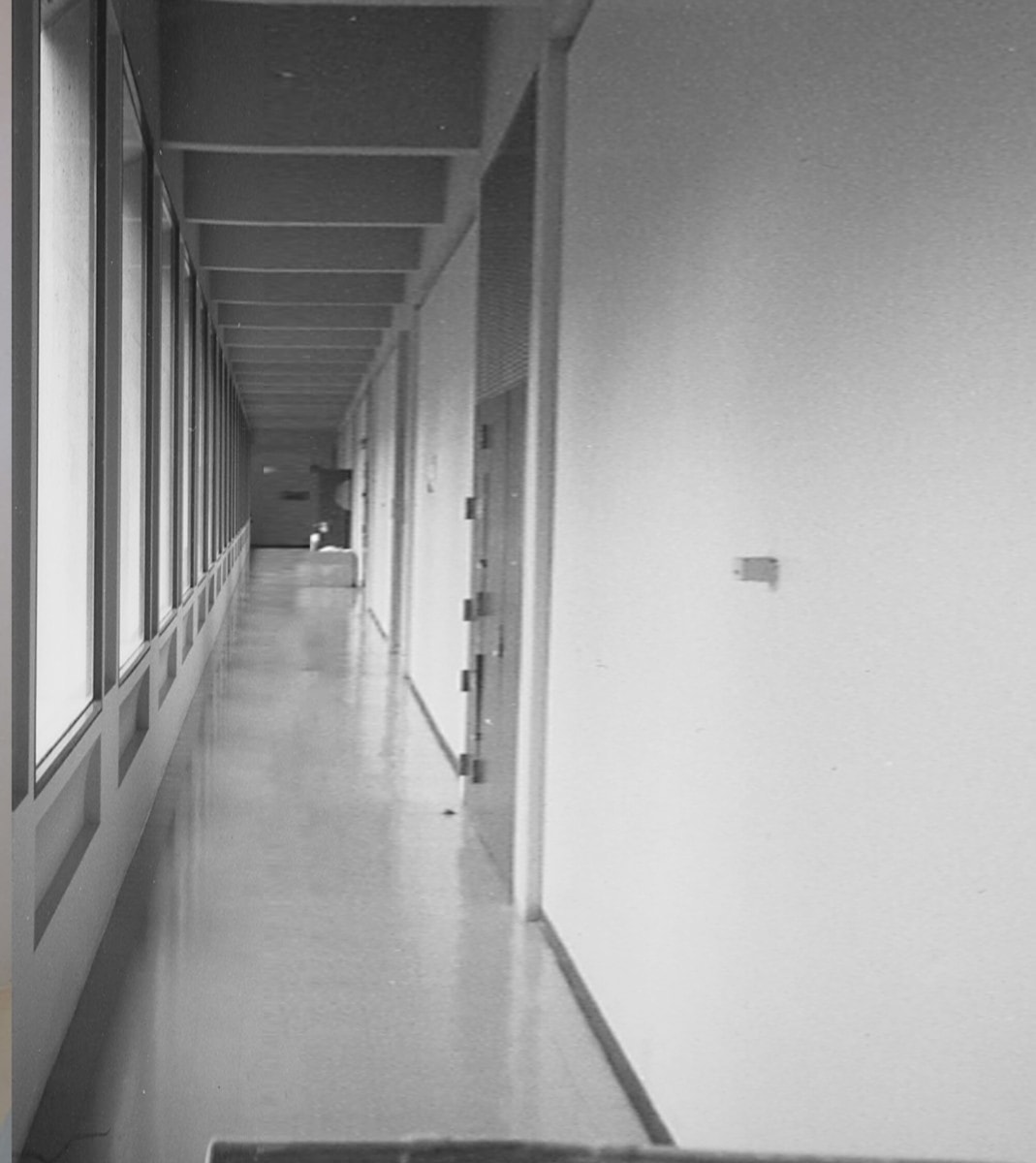
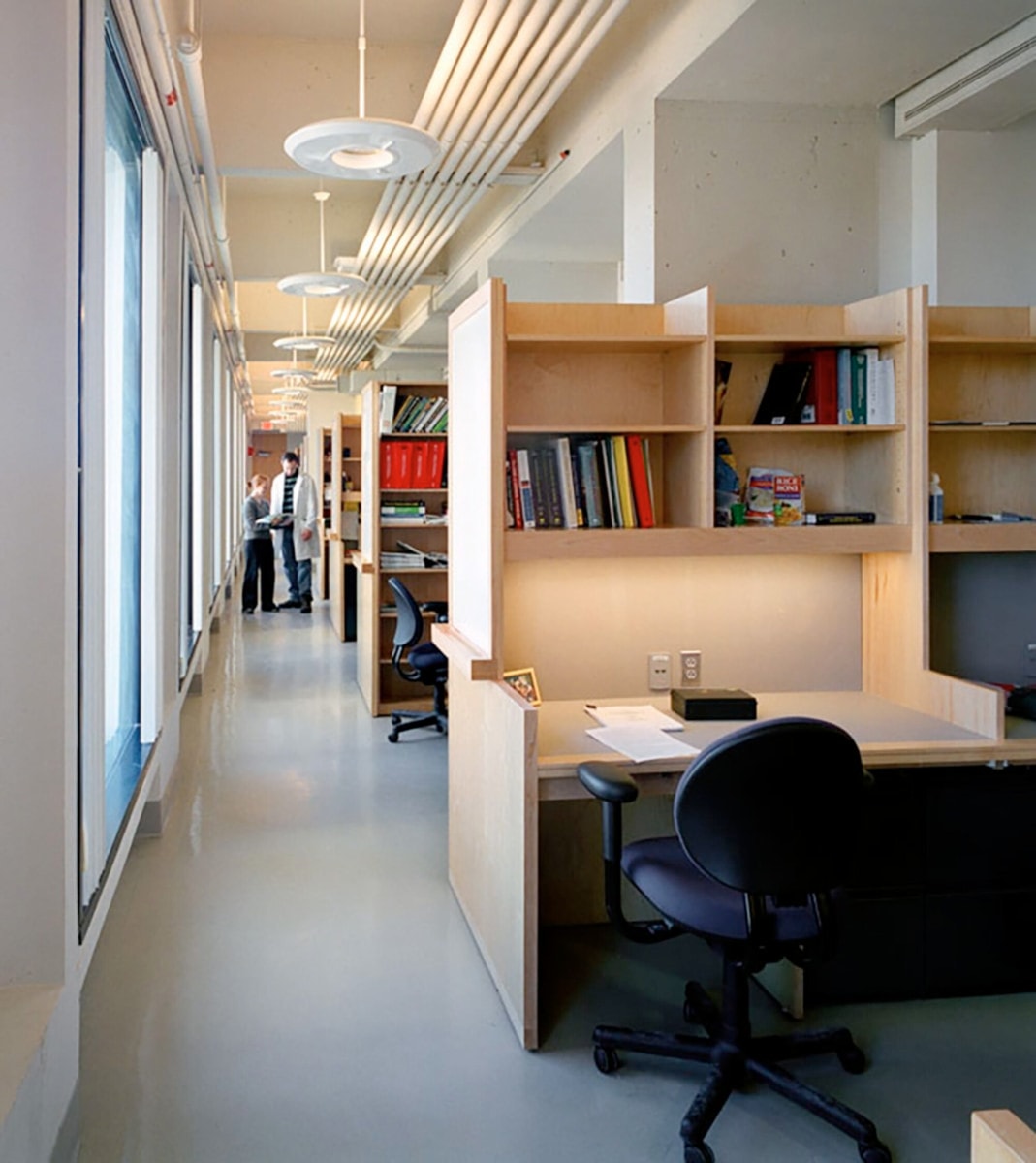
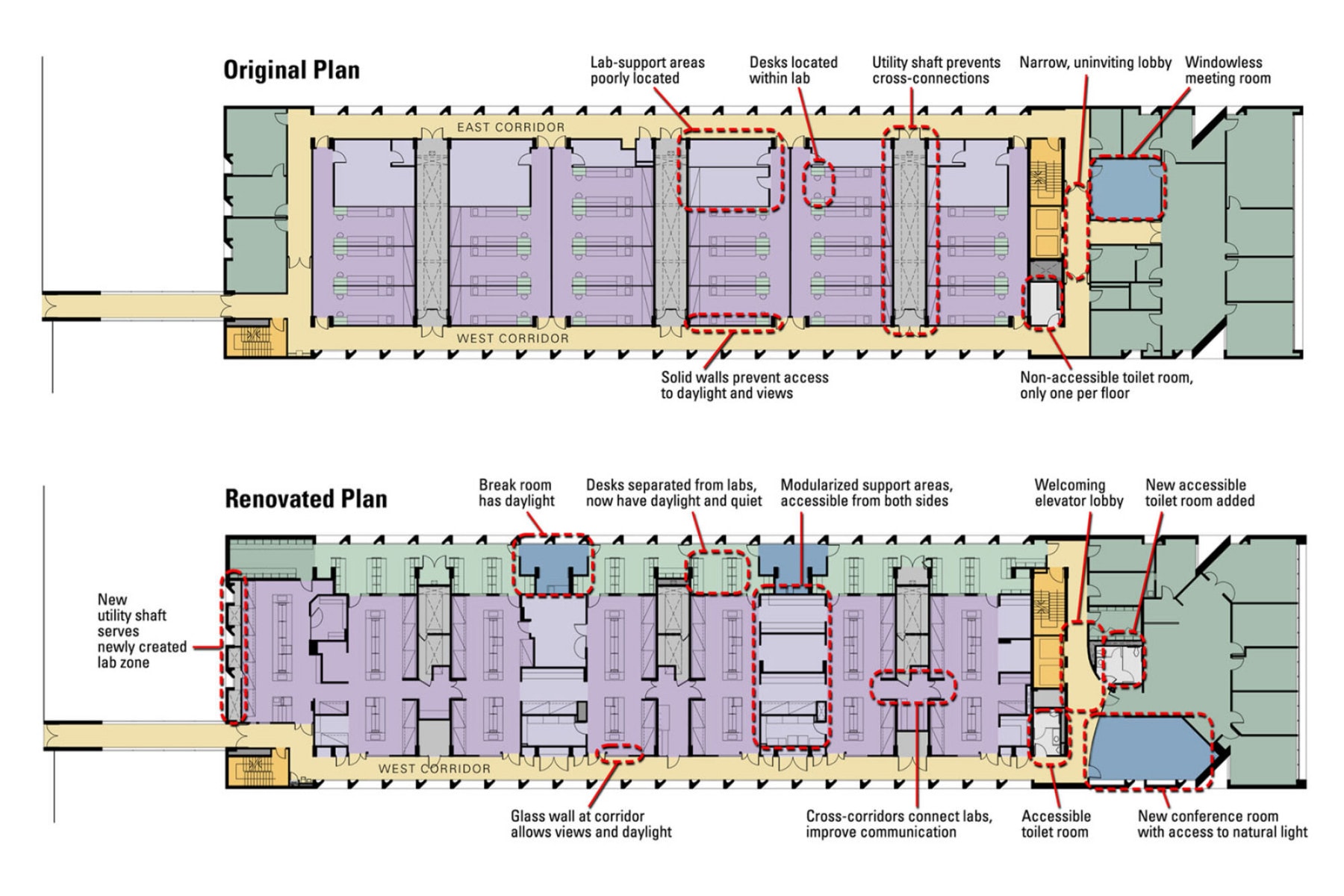
2. Humanize the Space
Common space in the mid-century lab building plan is frequently limited, and rarely inviting. Long, straight, double-loaded corridors are typically devoid of views or places to sit, and lobby spaces were primarily designed for passage through. Opening the floor plan provides additional opportunities to create more people-centric spaces that are enjoyable places to work, teach, and learn. Design strategies range from installing high-efficiency lighting and acoustical systems to introducing new collaborative furniture systems.


3. Enhance Energy Efficiency to Support Climate Action Goals
Science buildings are often the largest, most energy-intensive facilities on campus. Renewal of these buildings can create valuable opportunities to reduce a university’s carbon footprint by upgrading the building envelope, improving insulation effectiveness, and installing high-performance building systems, among other strategies. Not only does the renewal of these buildings help reduce the campus carbon footprint, but greater efficiency can mean almost immediate operational cost savings. And renewal of existing building stock avoids the costs, and embodied carbon impact, of new construction.
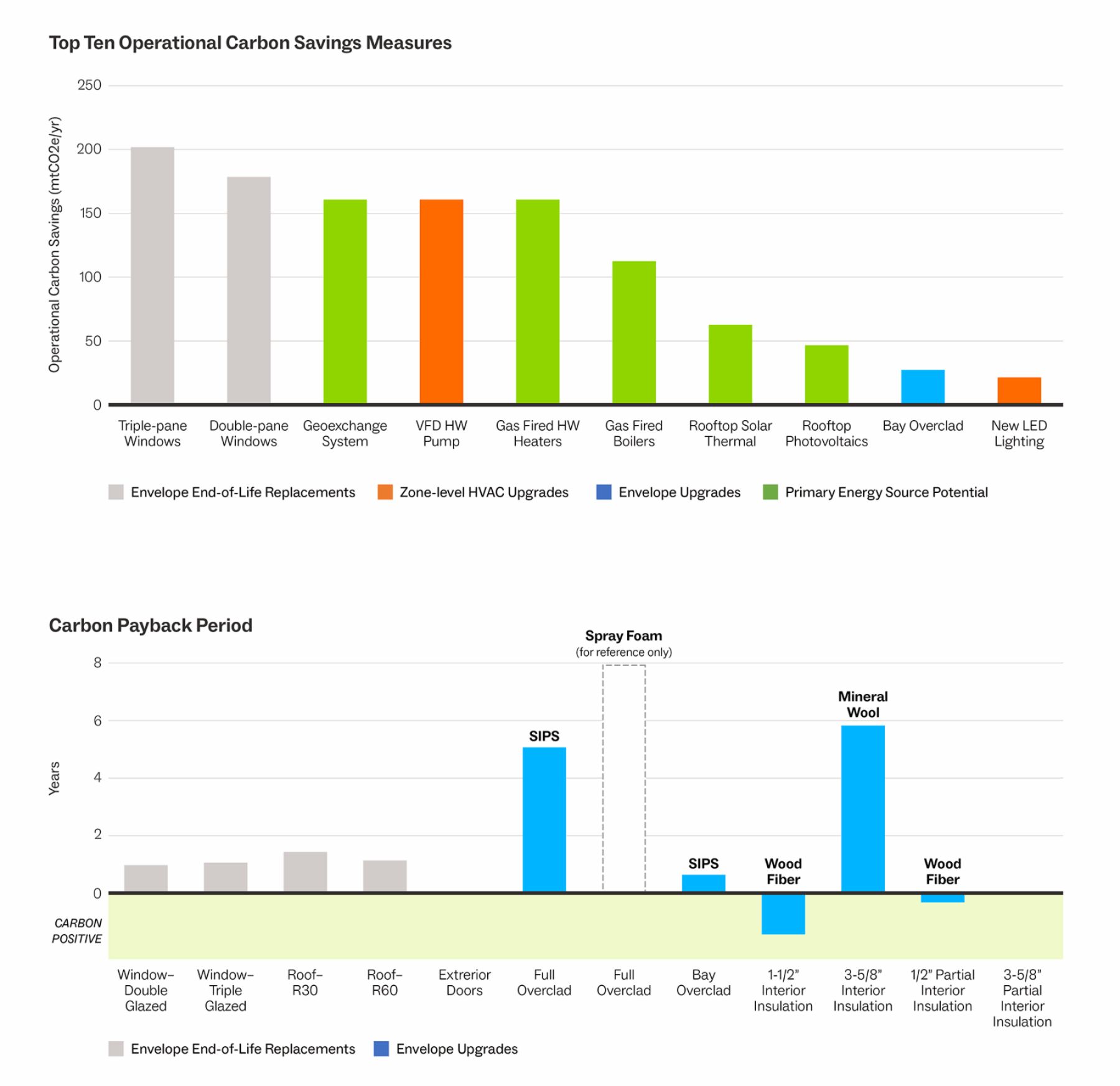
4. Present A New Image
Comprehensive renewal of mid-century buildings also creates opportunities to announce on the outside the changes happening within. The concrete and masonry envelopes of many Brutalist mid-century buildings are not amenable to wholesale overhaul. However, selective interventions that benefit the interior environment, such as new or repositioned windows, additional sun-shading, and new mechanical penthouses, can also be part of rejuvenating a building’s image.


5. Navigate Logistical Complexities
Because most of these buildings must continue to function as active lab and classroom spaces while they’re being renovated, design teams frequently develop a multi-phase plan to renovate individual portions of a structure. This involves precise sequencing of construction activities to ensure the building will remain a safe, productive, non-disruptive environment as it is being transformed.
